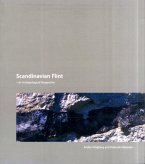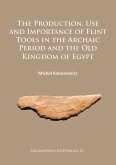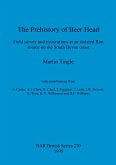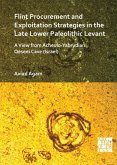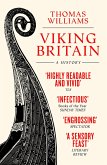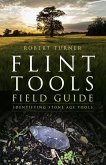In Scandinavia as elsewhere, cryptocrystalline rocks such as flint were an integral part of peoples' lives during prehistory. Knowledge about flint, its properties, its uses, and its many names, was no doubt transmitted through the generations as part of everyday life. This book - written from an archaeological standpoint - is interested in how prehistoric people dealt with flint and what they might have seen as the strengths and weaknesses of the various kinds of flint available. Scandinavian Flint proposes a classification into 17 types for use by archaeologists. Flint types are described and evaluated in terms of knappability, limitations posed by nodule size, and prehistoric availability, rather than in terms of morphogenesis or chemical composition. Flint formation, geographic distribution of flint sources in Scandinavia, provenance studies, and patination are discussed in detail.
Oxbow says: This study offers a classification system for flint found in Scandinavia, presenting seventeen types and suggesting a uniform terminology which might be used. The sample collection on which this is based was built with the help of participants to a seminar in 2001 who brought with them samples, knowledge and experience in the field.
Oxbow says: This study offers a classification system for flint found in Scandinavia, presenting seventeen types and suggesting a uniform terminology which might be used. The sample collection on which this is based was built with the help of participants to a seminar in 2001 who brought with them samples, knowledge and experience in the field.


